The Ayodhya Ram Mandir, is slated to be one of the most important Hindu pilgrimage sites in the very near future. The site, hypothesized to be the birth place of Sri Ram, has been mired in legal wrangle and controversy since 1949 when the idols of Ram and Sita were placed within the complex, which was the Babri Masjid at that time.
The Babri masjid was built in 16th century CE after the demolition of an existing non-Islamic structure.
Later, the Masjid was attacked and demolished in 1992, and the status quo remained unchanged, till 2019, when the Supreme Court, delivered its verdict, based on Archaeological Survey of India’s (ASI) report that there was evidence suggesting the presence of a structure beneath the demolished Babri Masjid, that was found to be non-Islamic.
Since then, Shri Ram Janmabhoomi Teerth Kshetra, a body overseeing the construction of the temple, has been hard at work to complete the Temple.
Here are some interesting facts:
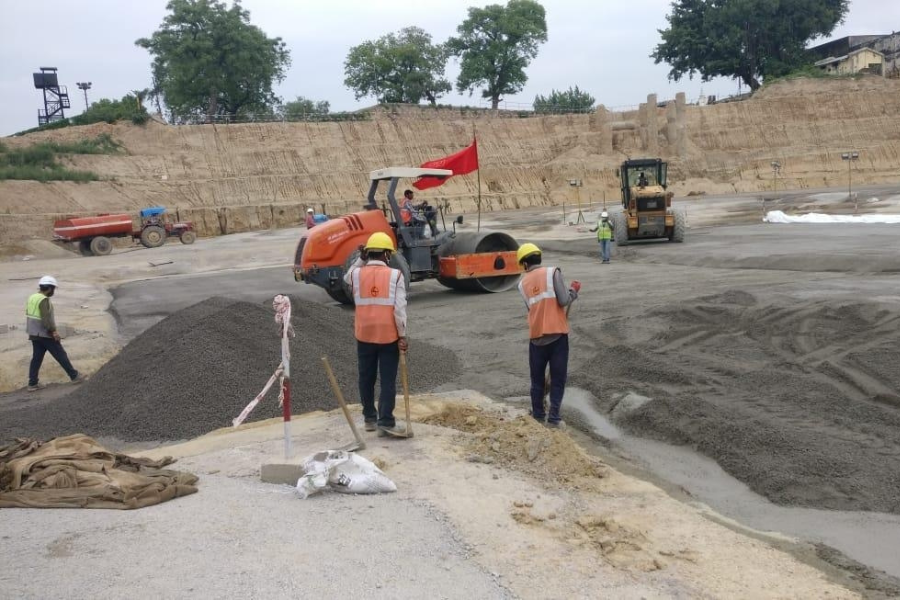
Sacred Foundation: One of the most fascinating facts about Ayodhya Ram Mandir, is the fact that holy soil has come from 2587 regions such as Bithoori, Golden Temple, Yamnotri, Gangotri etc. to contribute to its foundations.

Time Capsule below the Temple- Based on may news sources, reports suggest that the authorities will place a time capsule almost 2000 feet below the ground, right under the Ram Mandir. The capsule will hold relevant information written on Copper plate- regarding Ram Mandir, Lord Ram His birthplace and more.

Largest Temple in India– As per its design structure, Ayodhya Ram Mandir is going to be the largest temple in India. According to the Sompura Family who designed the temple’s structure, the height of the temple would be approximately 161 feet along with 28,000 square feet of area.
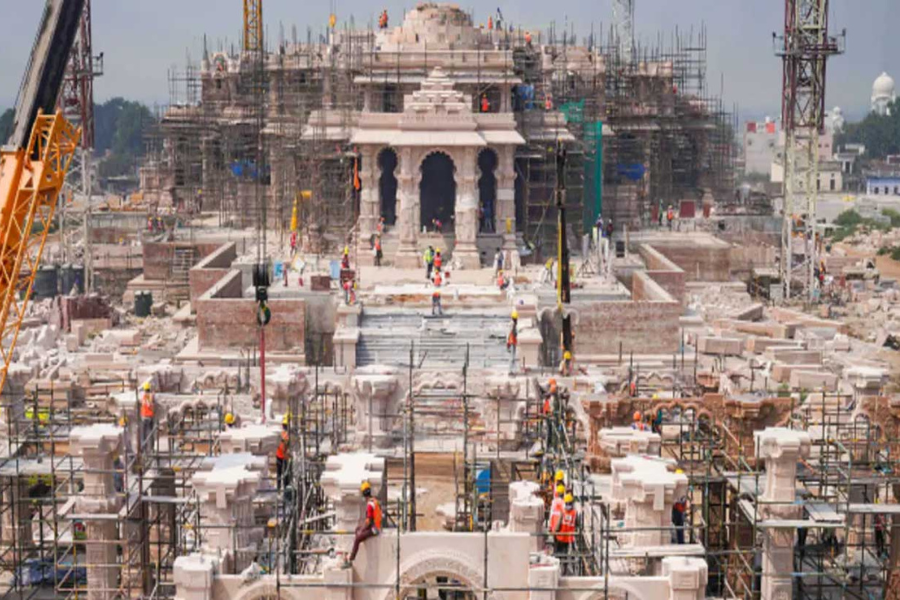
No use of iron & steel in construction– According to many sources, no steel or iron will be used in the making of the Ram Mandir. The mandir will be completely made up of stones and instead of iron, elements like copper, White Cement, and wood will be used.
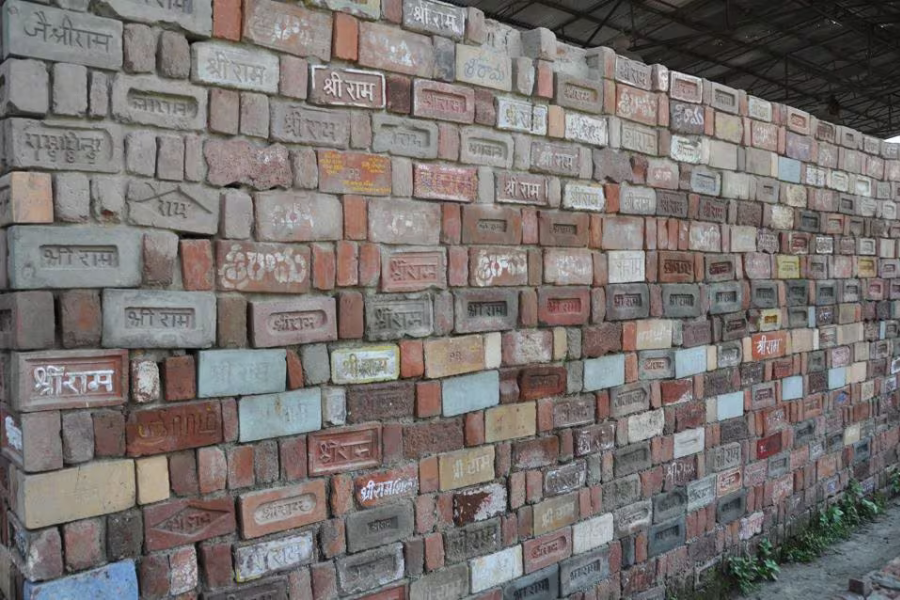
Special Bricks to be used for construction-To build the temple, bricks especially inscribed as “Shri Ram” will be used for construction. Some of these bricks are old and have not been used for more than 30 years, and hence are also called “Ram Shilas”.
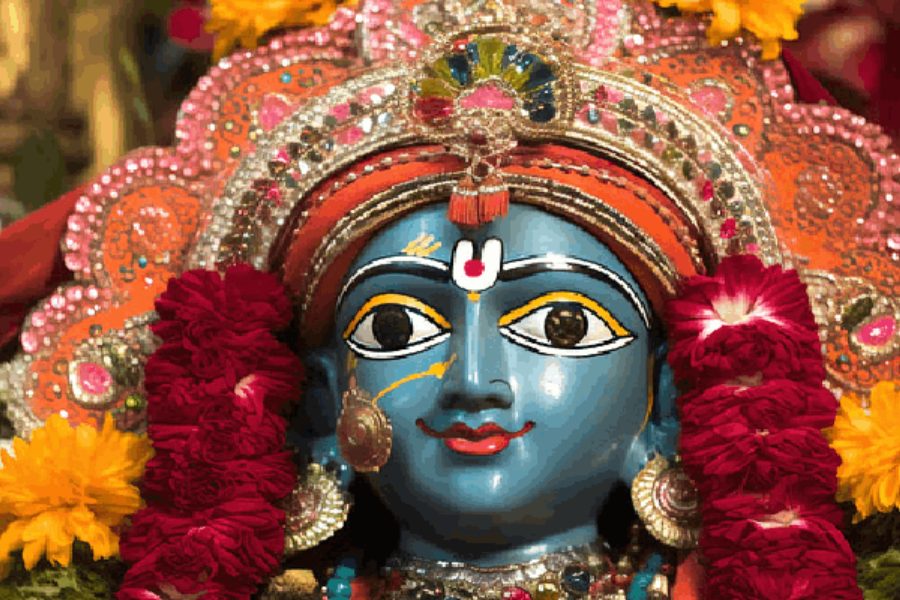
Shyam Varn idol of Ram lala chosen– A 51-inch tall Krishna Shila (Shyam Varn) idol of Lord Ram has been carefully chosen for the Pran-Pratishtha ceremony. The idol, resplendent in Shyam Varn (dark hue), is set to be a symbol of divinity, royalty, and the pure innocence of a child.

PM Modi to visit Lord Hanuman’s Court– Before starting the Pran Pratishtha ceremony, PM Narendra Modi would first go to Lord Hanuman’s court as it is believed that when Lord Shri Ram left his body, it was Lord Hanuman who ruled the city of Ayodhya.

The Prime Minister on Fast: The Prime Minister, is on a 11 day fast before the Pran Pratishtha ceremony.

Maha Yagyas are being performed: 4000 Priests have been invited for the ceremony. 1008 Maha yagyas are be performed from January 14-22.
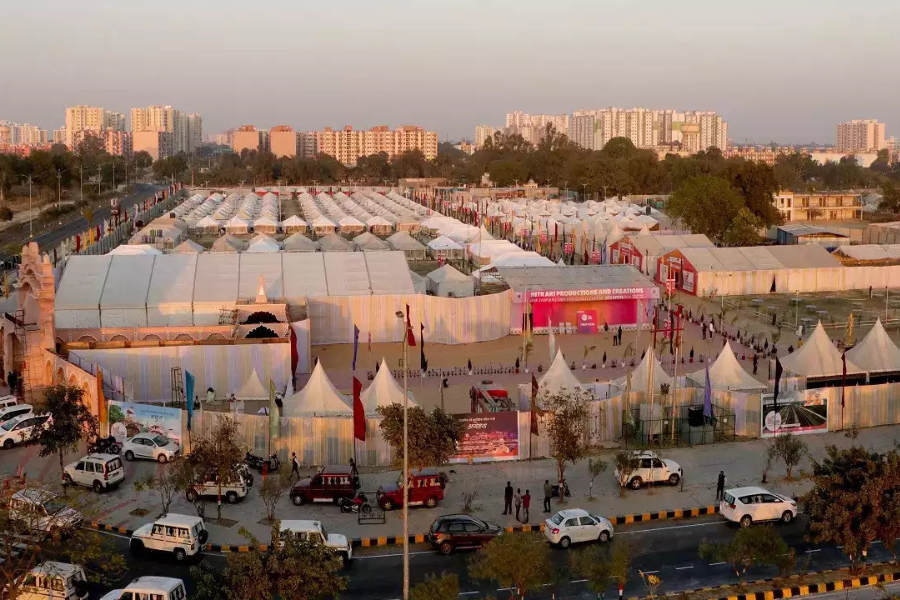
Several Tent Cities come up in Ayodhya– Several tent cities have been established in Ayodhya for the invitees of the Pran Pratishtha ceremony. It is believed that over 60,000 people have been invited for the event.
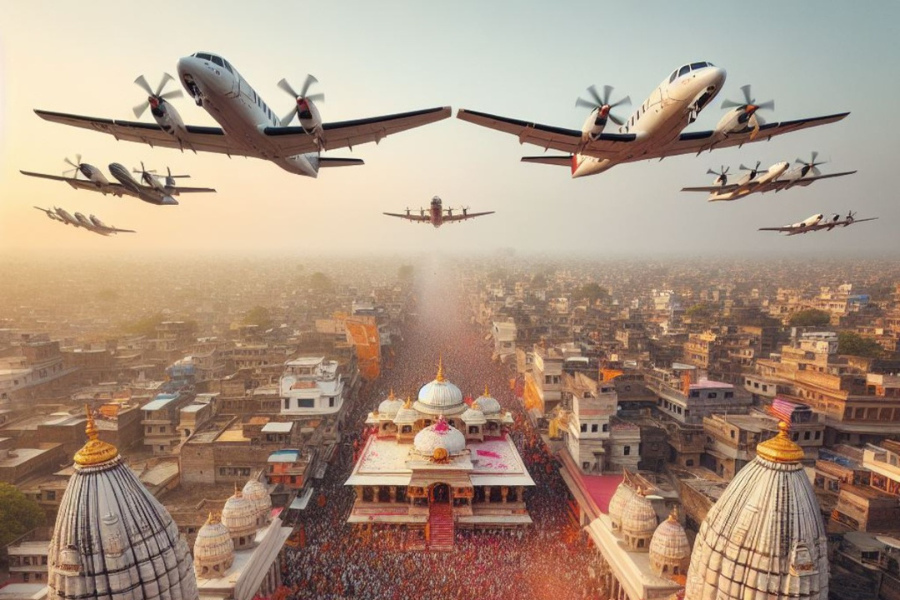
Over 100 Chartered Planes to land in Ayodhya– Over 100 chartered planes will touch down in Ayodhya to bring the special invitees from all over.
The Ram Temple’s consecration ceremony in Ayodhya, is scheduled for January 22, and will be live-streamed at New York City’s Times Square, claim reports. Apart this, the much-awaited ‘Pran-Pratishtha’ (consecration) of Ram Lalla will also be broadcast live at Indian embassies and consulates worldwide.



